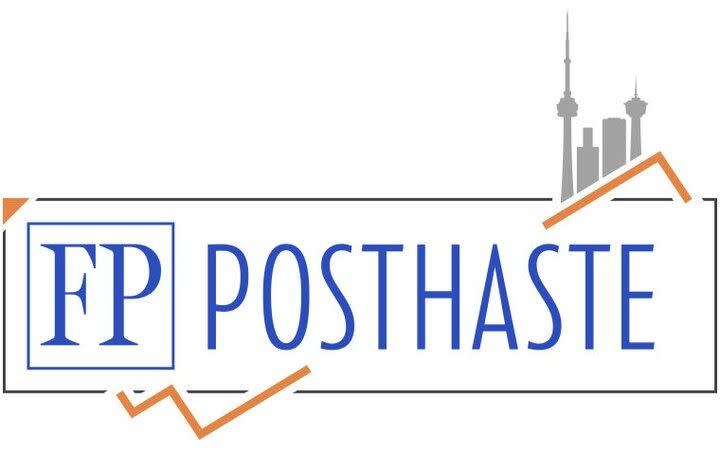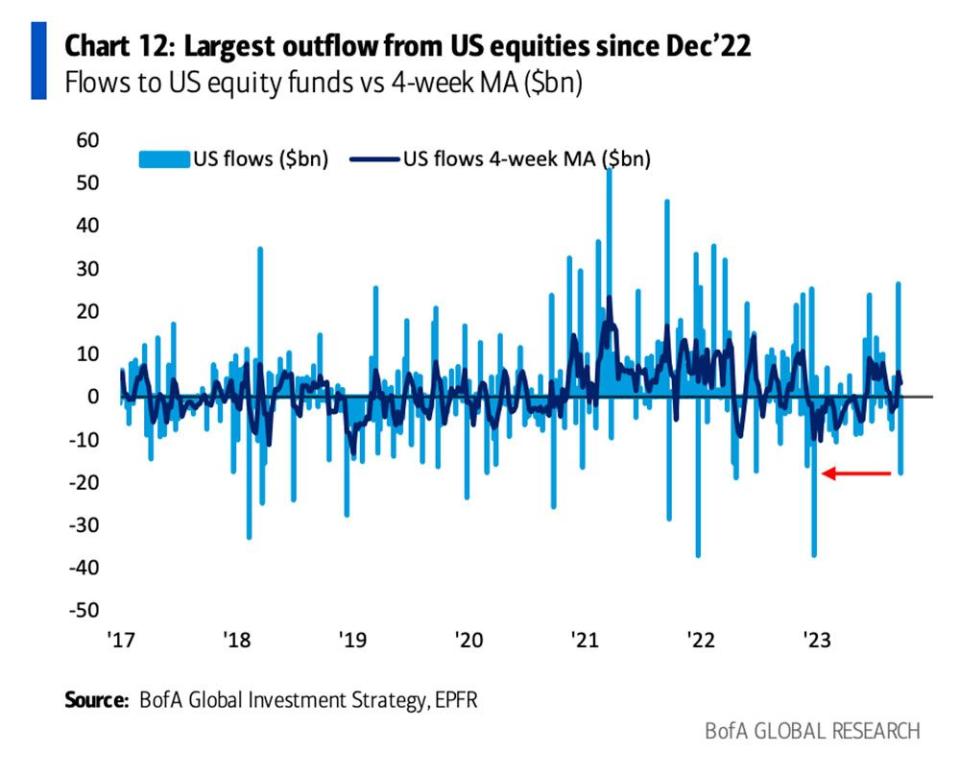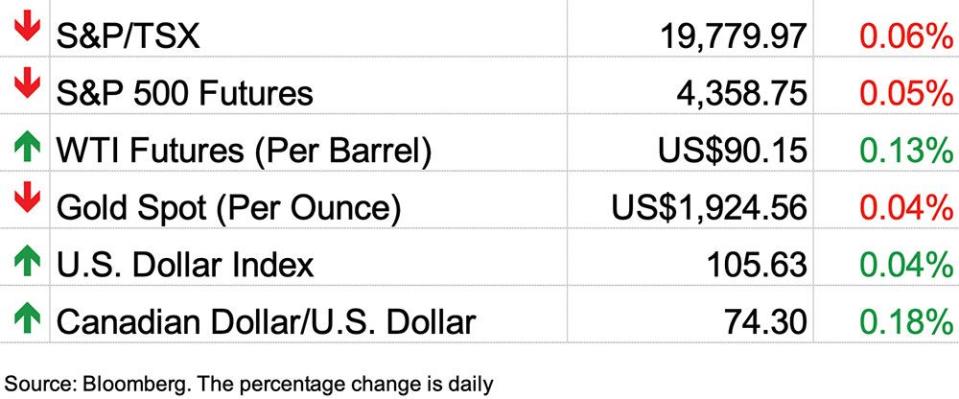Posthaste: These two provinces will struggle with the lowest growth in Canada, economists say


Good morning,
Prepare for the long grind down.
Crushed under high interest rates and inflation, Canada’s economic growth is expected to settle at around 1 per cent this year, then stall in 2024 as these forces continue to drag on the economy.
The whole country is struggling under these conditions, but some provinces are faring worse than others.

British Columbia has had a tough year. Historically bad wildfires and strikes at 30 ports in the province rocked the economy, so much so that RBC economists downgraded their forecast to 0.5 per cent for the year from 0.6 per cent.
But in a province that has some of the most expensive real estate in Canada — and the high debt levels that go with it — most of the slowing will come as consumers and businesses cut back on spending.
“Higher interest rates are hitting British Columbians especially hard given their elevated debt levels,” said the RBC team led by chief economist Craig Wright. “This pressure is likely to persist well into 2024 — keeping growth on a slow track.”
B.C. population growth is at a 40-year high, boosting retail sales. But per capita, sales are down 2.4 per cent.
The unemployment rate is up a full percentage point this year as construction jobs have dropped 17 per cent since January. Construction investment is down 12 per cent.
Then there is Quebec, the second province sitting at the bottom of Canada’s growth forecasts.
Quebec has not received the same boost from population growth as other parts of the country and its economy has “lost substantial momentum,” say the economists.
Wildfires also hammered this region, resulting in a number of mine closures. Construction is down and manufacturing has stalled.
“We expect the province to continue to walk a thin line between positive and negative growth through the remainder of this year, and into 2024,” said RBC, which forecasts 0.5 per cent growth this year and 0.4 per cent next.
Consumers are beginning to show the strain of a weakening job market and higher cost of living — and the pressure is clearly visible in the housing market, they said.
Investment in residential construction was down 31 per cent in the first half of the year and housing starts down 40 per cent.
Now compare these provinces to Alberta — the economy expected to lead growth in Canada this year.
One of the highest population growth rates in the country and rising oil prices are both contributing to its resilience. Not only are crude prices high (WTI was at US$90 this morning) but the oil and gas industry is also boosting investment.
To sum up: “High oil prices are supporting local incomes, real estate has held up well to higher interest rates, and people are moving to the province in droves,” wrote BMO economists Robert Kavcic and Shelly Kaushik.
__________________________________________________
Was this newsletter forwarded to you? Sign up here to get it delivered to your inbox.
_____________________________________________________________________


Investors beat a path out of equities last week at the fastest pace since December, according to BofA investment strategists. Outflows hit US$16.9 billion with U.S. stocks leading the way in the week through Sept. 20, notes the weekly Flow Show by Michael Hartnett and his team.
Higher for longer interest rates increases the risks of a hard landing in 2024, they said, and results in “pops and busts” in equity markets.
The tells of a hard landing are already lining up, said Hartnett, including a steepening yield curve, increases in the unemployment rate and personal savings rate and higher credit delinquencies and defaults.
Montreal hosts the FinTech Canada Forum
Canopy Growth AGM and special meeting
Get all today’s top breaking stories as they happen with the Financial Post’s live news blog, highlighting the business headlines you need to know at a glance.

_______________________________________________________
Montreal 2.0: Could it challenge Toronto for Canadian economic supremacy?
Questions linger a year after Canada placed curbs on foreign companies to protect critical minerals
Why the CEO of mining giant Rio Tinto thinks Canada is an ‘amazing opportunity’
If you knew when you were going to die and the money you would leave, what would you do differently?
The easy answer is: nothing. Certified financial planner Allan Norman says that type of thinking puts you in a much better position to live a balanced life, avoid the risks of dying with too much money or, alternatively, not having enough. The hitch, though, is that most of us don’t know how long our health will last. Find out more
____________________________________________________
Today’s Posthaste was written by Pamela Heaven, @pamheaven, with additional reporting from The Canadian Press, Thomson Reuters and Bloomberg.
Have a story idea, pitch, embargoed report, or a suggestion for this newsletter? Email us at posthaste@postmedia.com, or hit reply to send us a note.

 Yahoo Finance
Yahoo Finance 



